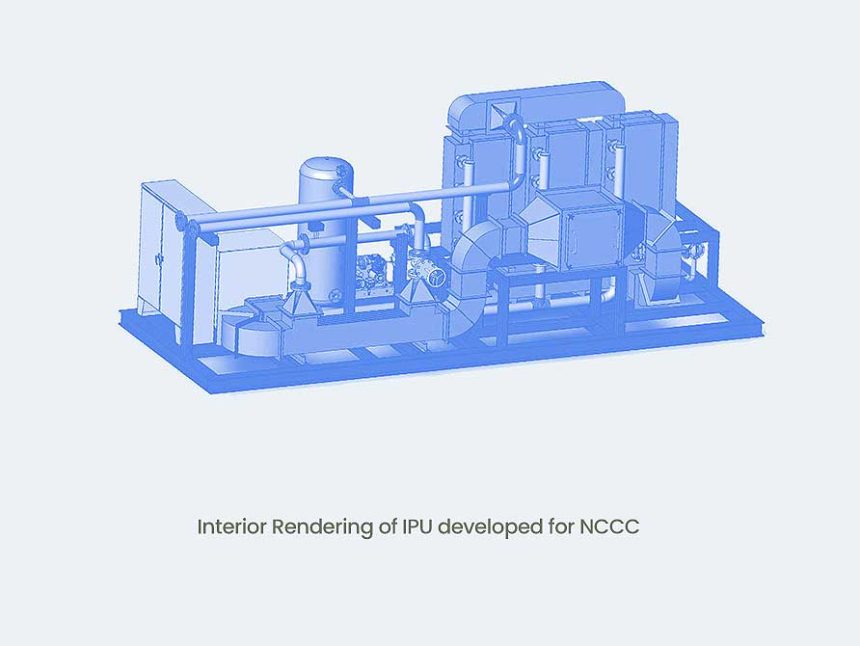The Mercury and Air Toxics Standards (MATS) rule requires all power plants to reduce hazardous air pollutants, including mercury. Power plants are the largest source of several toxic air pollutants and are responsible for 50% of the Mercury emissions in the United States. Even though half the power plants in the US are equipped with pollution control devices, many have not created a cost effective control plan for their SCRs. Preparing a well-defined SCR catalyst management strategy will maximize your catalyst life cycle by simultaneously controlling NOx, SOx, Ammonia Slip and Mercury to minimize total operating costs.
January 13th 2015New York: 8 AM
This informative webinar by Dr. Chris Reeves will address the following questions:
- What is the current mercury oxidation potential of your SCR catalyst?
- What mercury oxidation potential is required across your SCR system to achieve MATS compliance?
- How do catalyst layer interactions impact mercury oxidation?
- How to optimize catalyst replacements to establish reliability between NOx reduction and Mercury oxidation potential?
- How will your SCR system’s mercury oxidation potential change when you replace or regenerate a layer of catalyst?
- How to reliably predict SCR mercury oxidation over time?
- How to run your unit to maximize both NOx reduction and Hg oxidation?
In this webinar you will also learn:
- Key differences and tradeoffs in controlling NOx versus HgOx
- Equations for calculating Hg oxidation activity
- SCR design considerations for maximizing Hg oxidation
- Hg testing options and typical response curves
- Importance of trilateral data validation for Hg management
Development Project Manager
Cormetech, Inc.
Dr. Reeves is a chemical engineer in Cormetech’s Catalyst Development group and has program management responsibilities for the COMET™ Hg Oxidation technology. Prior to working in the development group, Dr. Reeves was the laboratory engineering manager with responsibilities for testing reactor design and engineering support.



